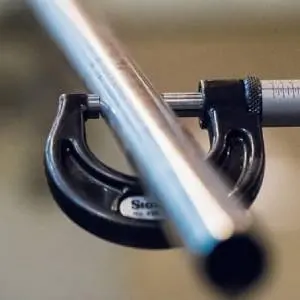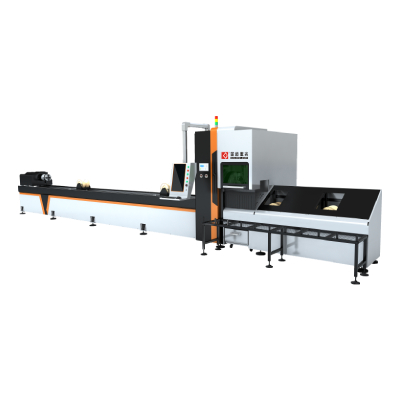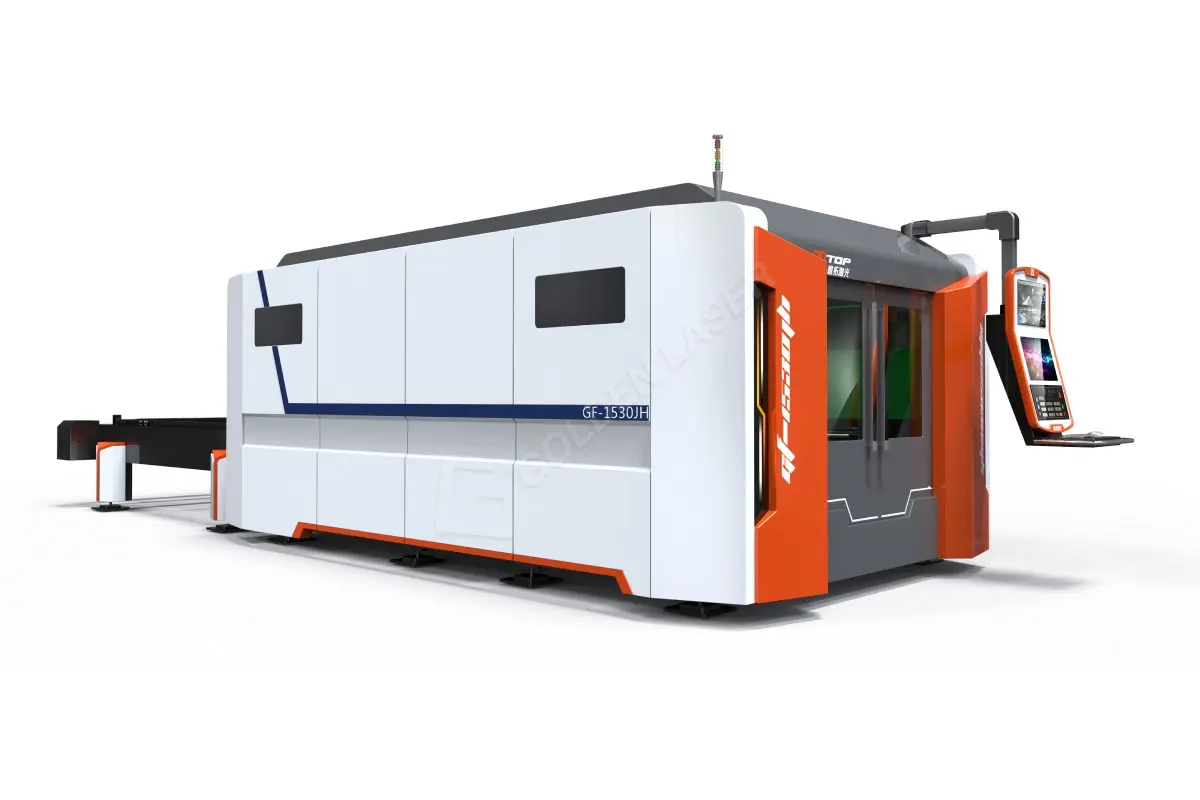In the fast-paced world of manufacturing, efficiency and precision are of utmost importance. As technology continues to advance at an unprecedented rate, new and innovative methods are continuously being developed to improve manufacturing processes. One such groundbreaking technology is fiber optic laser cutting, which has revolutionized the industry by offering unprecedented speed, accuracy, and versatility.

Fiber Optic Laser Cutting: Revolutionizing Precision and Efficiency in Manufacturing Processes
Fiber optic laser cutting involves the use of a high-powered laser beam focused through a series of optical fibers. These fibers guide the laser beam to the desired location, where it rapidly melts, vaporizes, or burns through the material being cut. The precision and power of this cutting method make it ideal for a wide range of materials, including metals, plastics, wood, and even glass.

Fiber Optic Laser Cutting: Revolutionizing Precision and Efficiency in Manufacturing Processes
One of the main advantages of fiber optic laser cutting is its exceptional precision. The narrow beam diameter and high energy density of the laser allow for incredibly precise cuts, with tolerances as low as a few micrometers. This level of precision ensures that even the most intricate and complex designs can be accurately reproduced, enhancing the quality and aesthetic appeal of the final product.
In addition to precision, fiber optic laser cutting also offers unparalleled speed. The high-power laser enables rapid cutting speeds, significantly reducing production time compared to traditional cutting methods. The ability to process materials quickly and efficiently not only increases productivity but also allows for cost savings, making fiber optic laser cutting an economically viable choice for manufacturers.

Fiber Optic Laser Cutting: Revolutionizing Precision and Efficiency in Manufacturing Processes
Furthermore, fiber optic laser cutting is a non-contact process, which eliminates the need for physical contact between the cutting tool and the material. This lack of contact ensures that there is no deformation, warping, or damage to the material, resulting in clean and flawless cuts. The absence of any mechanical forces also reduces the risk of contamination from tool wear, making fiber optic laser cutting ideal for industries that require high levels of hygiene, such as the medical and food processing sectors.
Another significant advantage of fiber optic laser cutting is its versatility. The high-energy laser beam can be precisely controlled and adjusted to cater to various material types and thicknesses. This versatility allows manufacturers to work with a wide range of materials without the need for tool changes, thereby reducing downtime and increasing overall efficiency. Additionally, fiber optic laser cutting can effortlessly switch between cutting, engraving, and marking operations, further expanding its utility in different manufacturing applications.
The implementation of fiber optic laser cutting has had a profound impact on various industries. In the automotive sector, it has enabled the production of intricate and lightweight components that enhance fuel efficiency and overall vehicle performance. The electronics industry has also benefited from this technology, as fiber optic laser cutting allows for precise circuit board fabrication, resulting in improved product efficiency and reliability.
Moreover, fiber optic laser cutting has revolutionized the field of architecture and design. From intricate metalworks and decorative panels to custom furniture pieces, this technology has expanded the possibilities for creative and personalized manufacturing, enabling architects and designers to bring their visions to life with unparalleled precision and quality.
In conclusion, fiber optic laser cutting has brought about a paradigm shift in the manufacturing industry. Its exceptional precision, speed, versatility, and efficiency have positioned it as an indispensable tool for various sectors. As technology continues to evolve, fiber optic laser cutting is expected to further advance, pushing the boundaries of what can be achieved in manufacturing and opening up new possibilities for enhanced productivity and innovation. Fiber Laser Machine Control Cypcut
